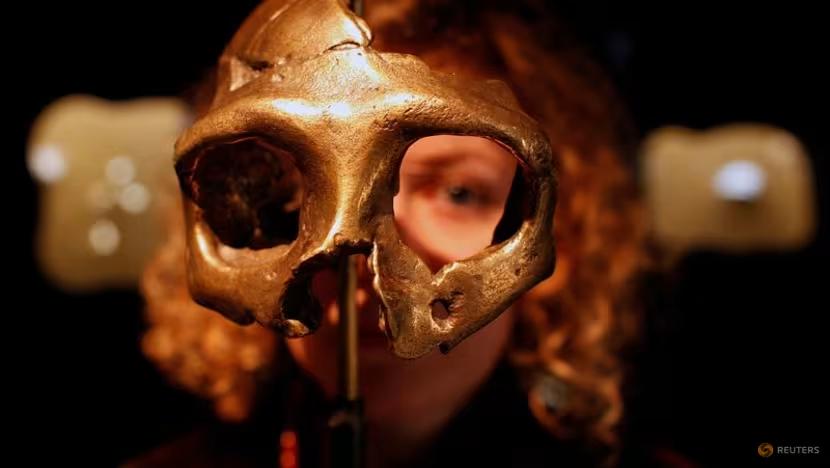The Legacy of Neanderthals in Modern Human DNA
Neanderthals, our close evolutionary cousins, went extinct around 39,000 years ago, yet their genetic legacy persists in the DNA of most people today. This is due to interbreeding between Homo sapiens and Neanderthals, a phenomenon that new research has pinpointed to a peak around 47,000 years ago.

The studies, published in Nature and Science, used the oldest Homo sapiens DNA ever sequenced to estimate the timing of this genetic mixing. The findings suggest a date range of 49,000 to 45,000 years ago, refining previous estimates. The research also highlights how Neanderthal genes have influenced modern human traits, such as skin pigmentation, immune response, and metabolism.
Despite the genetic evidence, the nature and location of the interaction between Homo sapiens and Neanderthals remain uncertain. However, the Middle East is considered a likely region for this interbreeding. The studies also revealed that some Neanderthal genes, particularly those related to immunity and skin pigmentation, have become more common in Homo sapiens over time, suggesting their survival advantages.
The research underscores the complex relationship between these two species and the enduring impact of Neanderthal DNA on modern human biology.









Comments